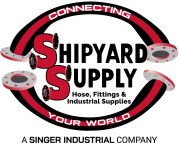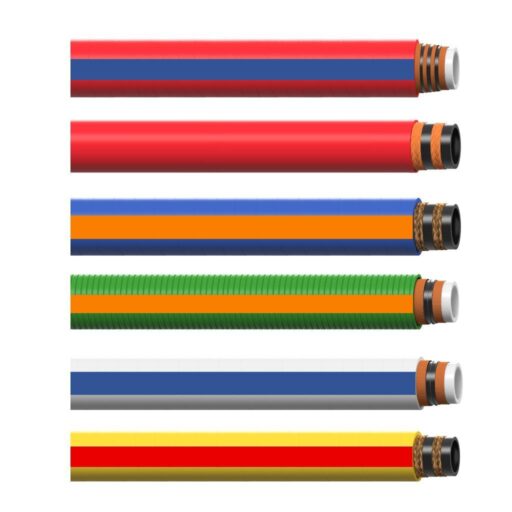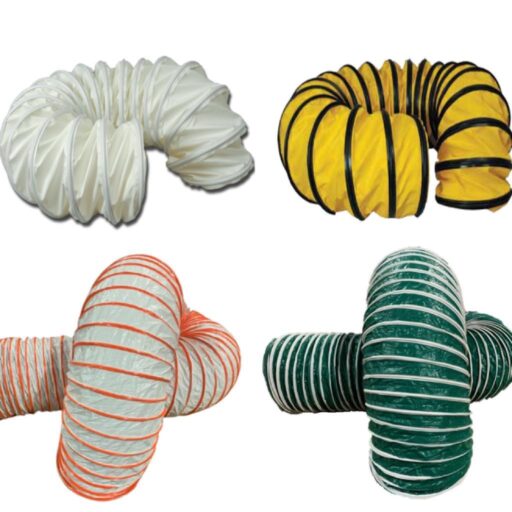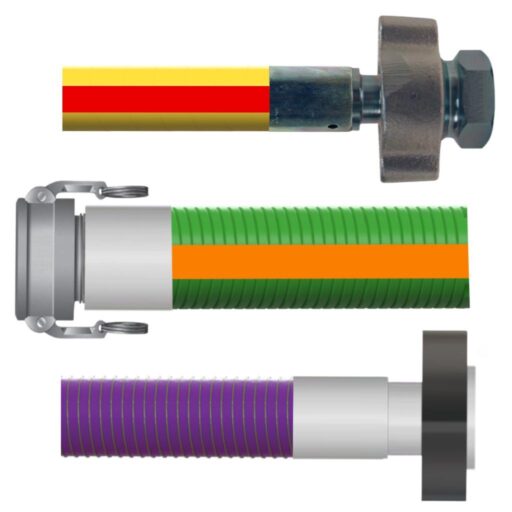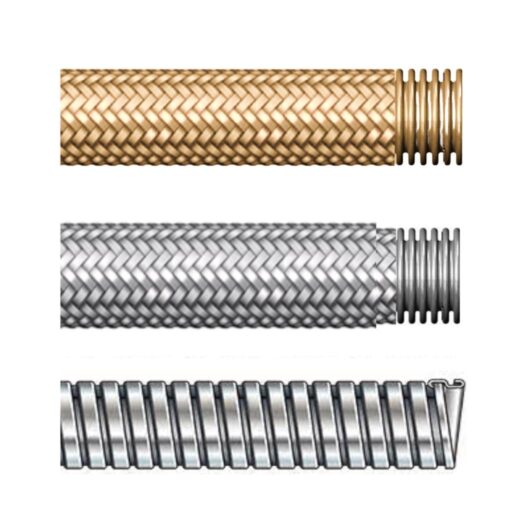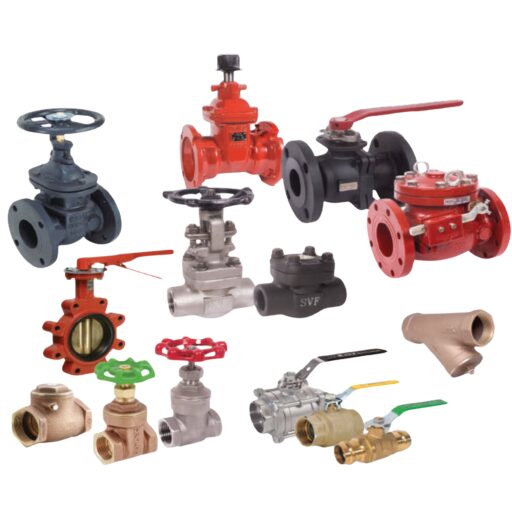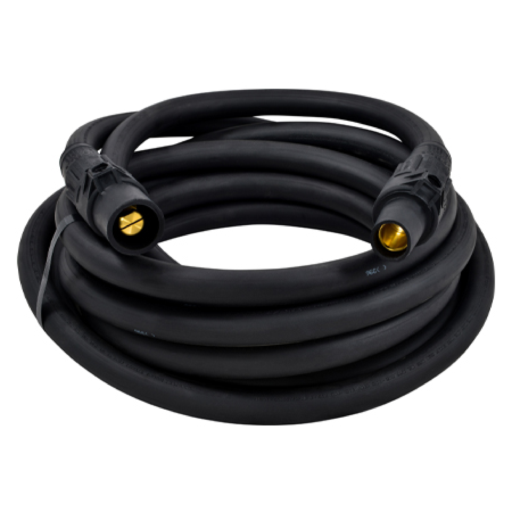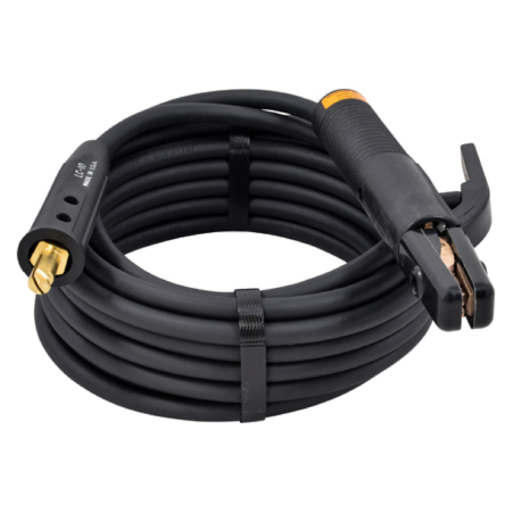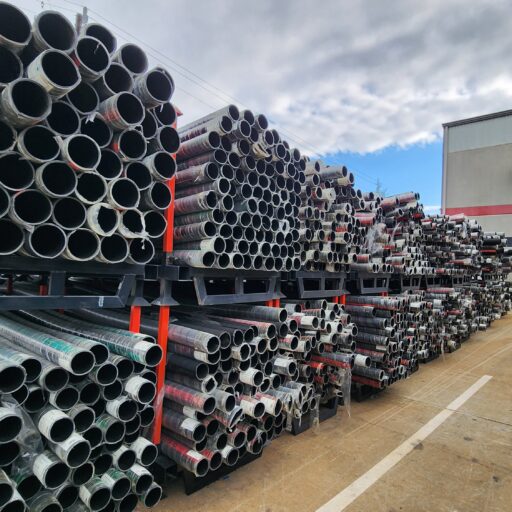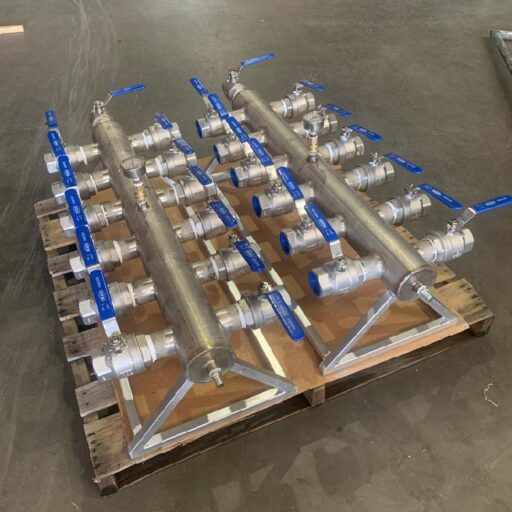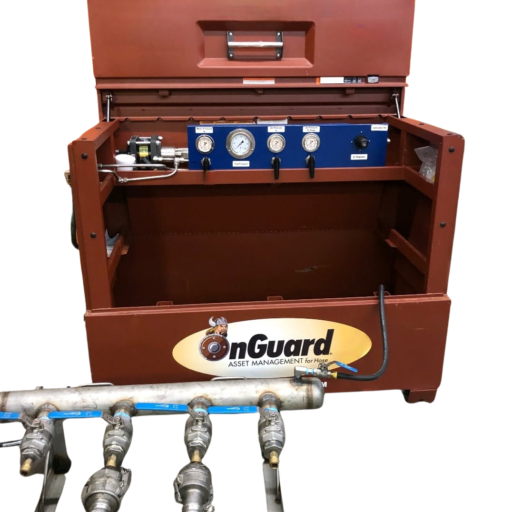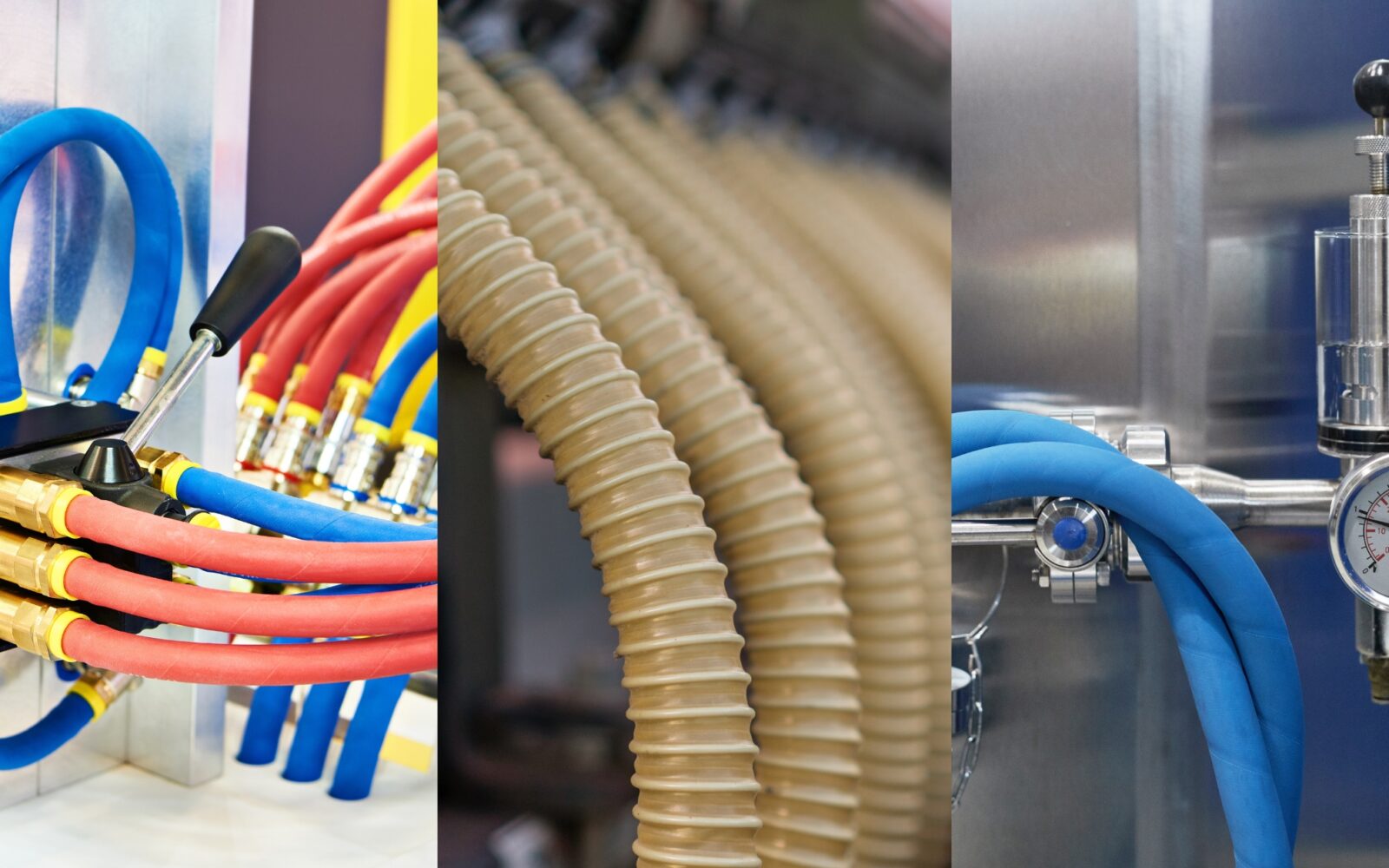The minimum bend radius is the smallest curve a hose can be bent without kinking, restricting flow, or damaging the internal structure. If a hose is bent too tightly, it can lead to:
❌ Restricted Flow – Kinks reduce efficiency and increase pressure buildup.
❌ Structural Weakening – Excessive bending can weaken hose walls, leading to premature failure.
❌ Leaks & Ruptures – Over time, stress from improper bending can cause costly breakdowns.
What Affects a Hose’s Minimum Bend Radius?
Material Type: Rubber hoses (SBR, NBR, EPDM) are more flexible, while metal and thermoplastic hoses require larger bend radii.
Reinforcement Layers: Braided vs. spiral-wound reinforcements impact flexibility and strength.
Temperature Conditions: Extreme heat makes hoses more flexible, while cold temperatures can cause stiffness and cracking.
Pressure Rating: Higher-pressure hoses require a larger bend radius.
Best Practices for Proper Hose Installation
✔ Use the largest possible bend radius – Give hoses plenty of room to curve naturally.
✔ Avoid sharp bends near fittings – Keep at least 18 inches of straight hose before any bends.
✔ Secure hoses with supports & clamps – Prevent sagging and excessive movement.
✔ Consider operating conditions – Ensure your hose meets real-world temperature and pressure demands.
✔ Inspect hoses regularly – Look for signs of stress, leaks, or damage before failures occur.
Need Expert Assistance?
Proper hose selection and installation reduce downtime, improve safety, and extend service life. Contact Shipyard Supply today for expert recommendations tailored to marine and industrial needs.
